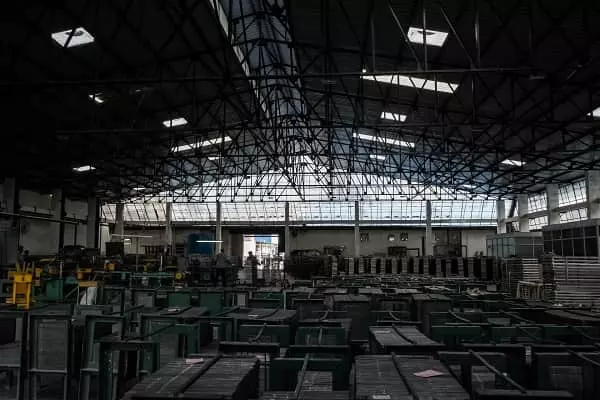Microfinance in India has been a pivotal tool for promoting financial inclusion, providing access to credit for underserved populations, and fostering economic development. As we navigate through 2025, a comprehensive SWOT analysis (Strengths, Weaknesses, Opportunities, and Threats) offers valuable insights into the current state and future prospects of the microfinance sector in India.
Strengths
1. Significant Growth Trajectory: The microfinance sector has experienced remarkable expansion, with its business volume surging from ₹17,264 crore in March 2012 to ₹3.93 lakh crore by November 2024, marking an extraordinary growth of 2,176% over 12 years.
2. Enhanced Financial Inclusion: Microfinance institutions (MFIs) have been instrumental in extending financial services to the unbanked and underbanked segments, particularly in rural areas, thereby promoting inclusive growth.
3. Supportive Regulatory Environment: The Reserve Bank of India (RBI) has implemented policies to facilitate the growth of MFIs, including the relaxation of certain norms and the introduction of guidelines to ensure responsible lending practices.
4. Technological Integration: The adoption of digital platforms, mobile banking, and AI-powered credit assessment tools has enabled MFIs to broaden their reach and improve service delivery, enhancing operational efficiency.
5. Focus on Women Empowerment: Many MFIs have targeted women entrepreneurs, providing them with micro-loans to support business ventures, thereby contributing to gender empowerment and economic independence.

Weaknesses
1. Rising Delinquency Rates: The sector has witnessed an increase in delinquency rates, with loans overdue by 30 days nearly doubling to over ₹28,000 crore, indicating challenges in loan recovery and credit risk management.
2. Over-Leveraging of Borrowers: Instances of borrowers taking multiple loans from different MFIs have led to over-leveraging, increasing the risk of defaults and financial distress among clients.
3. Operational Challenges: Despite technological advancements, MFIs face operational challenges, including high transaction costs, especially in remote areas, and difficulties in maintaining consistent service quality.
4. Regulatory Compliance Burden: Navigating the complex regulatory landscape requires significant resources, and non-compliance can lead to sanctions, affecting the operational continuity of MFIs.
5. Limited Product Diversification: Many MFIs primarily offer credit products, with limited diversification into other financial services such as insurance and savings, restricting their ability to fully meet the financial needs of clients.
Opportunities
1. Expansion into Underserved Markets: Significant unmet demand exists in sectors like agriculture and small businesses, particularly in rural areas, presenting opportunities for MFIs to expand their client base.
2. Technological Advancements: The integration of AI and machine learning for better credit assessment, blockchain for transparent transactions, and mobile-first solutions can enhance accessibility and operational efficiency.
3. Government Initiatives: Programs such as the credit guarantee scheme for small industries in manufacturing provide avenues for MFIs to collaborate and extend collateral-free loans, fostering sector growth.
4. Diversification of Financial Products: Offering a broader range of financial services, including savings, insurance, and pension products, can meet the diverse needs of clients and enhance customer retention.
5. Partnerships and Collaborations: Collaborating with fintech companies and leveraging digital platforms can help MFIs reduce costs, improve service delivery, and reach a wider audience.
Threats
1. Regulatory Uncertainties: Frequent changes in regulatory policies can create uncertainties, affecting strategic planning and operations of MFIs.
2. Intense Competition: The entry of new players, including fintech companies and traditional banks venturing into micro-lending, intensifies competition, potentially impacting market share and profitability of MFIs.
3. Economic Slowdowns: Macroeconomic challenges can affect borrowers’ repayment capacities, leading to higher default rates and financial strain on MFIs.
4. Operational Risks: Risks such as fraud, cybersecurity threats, and inadequate risk management practices can undermine the stability and reputation of MFIs.
5. Negative Public Perception: Instances of coercive recovery practices and high-interest rates have led to negative perceptions, which can result in stricter regulations and reduced client trust.
Conclusion
The microfinance sector in India stands at a critical juncture in 2025, with significant strengths and opportunities that can be leveraged to drive further growth and financial inclusion. However, addressing the inherent weaknesses and mitigating potential threats is crucial for the sustainable development of the sector. Strategic initiatives focusing on technological integration, product diversification, responsible lending practices, and robust risk management can enhance the resilience and effectiveness of MFIs, enabling them to continue playing a pivotal role in India’s inclusive growth narrative.














